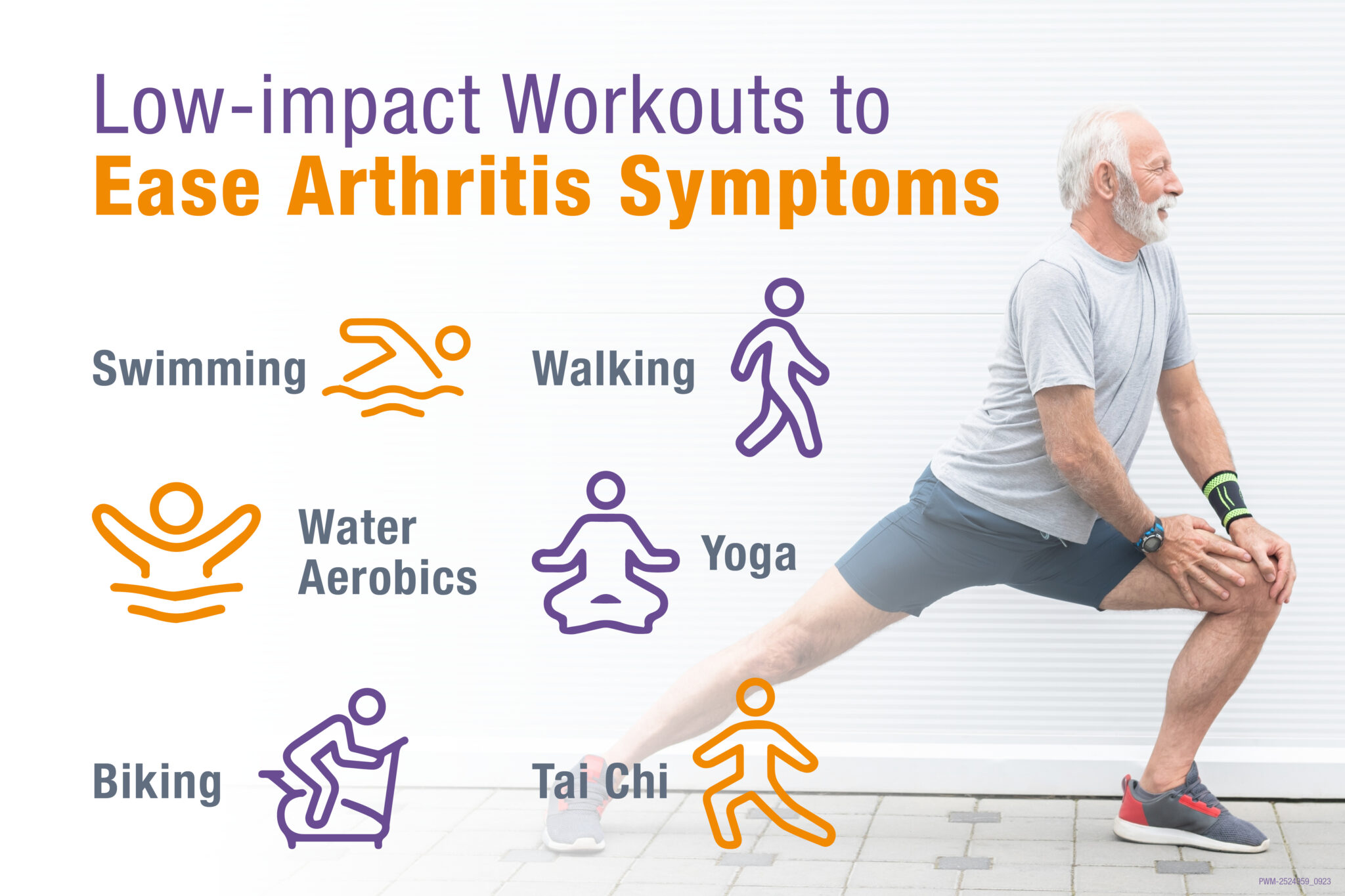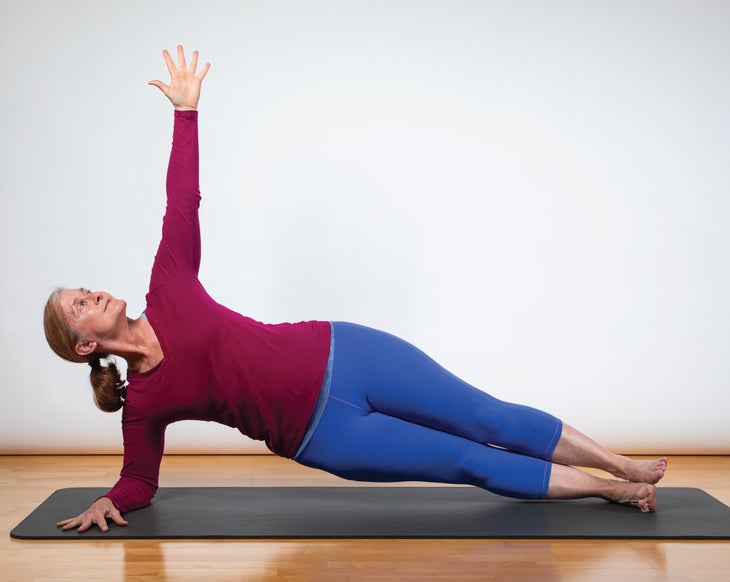When dealing with joint pain, low-impact cardio exercises can be your best friend. They are gentle on your joints while still providing a solid workout. You benefit from improved cardiovascular health without putting excess strain on your joints. Activities like walking, cycling, or swimming are great examples. These exercises help strengthen your heart and lungs while being kind to your joints. Incorporating these into your routine can make a significant difference in managing joint pain.
Low-Impact Cardio Exercise benefits
Low-impact cardio exercises benefit you by improving your heart health without stressing your joints. They help increase your stamina and boost circulation, aiding in overall fitness. With these exercises, you can burn calories and manage your weight effectively. Moreover, low-impact cardio routines can enhance your mood, reduce stress, and promote better sleep. Consistent participation in such exercises can lead to improved endurance and a healthier cardiovascular system.
Low-Impact Cardio Exercise examples

For low-impact cardio exercises, try swimming laps at a leisurely pace in the pool to work your entire body. You can also opt for brisk walking on flat surfaces to elevate your heart rate without straining your joints. Cycling on a stationary bike is another excellent low-impact option that provides a good cardiovascular workout. Dancing to your favorite music can also be a fun way to get your heart pumping without causing stress on your joints.
Strengthening Exercises
To improve joint pain, incorporating strengthening exercises into your routine can be beneficial. By strengthening the muscles around your joints, you can provide better support and stability. These exercises can help reduce the strain on your joints during daily activities. Focus on exercises like leg lifts, bicep curls, and squats to build strength. Consult with a fitness professional to ensure you are performing these exercises correctly and safely. Strengthening exercises can enhance your overall joint health and function.
Strengthening Exercise advantages
By engaging in strengthening exercises, you can improve the stability of your joints. These exercises help build muscle strength, which can reduce the strain on your joints during movements. Strong muscles around your joints can enhance your overall joint support and function. Incorporating strengthening exercises into your routine can also prevent future injuries by making your joints more resilient. Additionally, these exercises can boost your metabolism and contribute to better overall fitness levels. Strengthening exercises offer a range of benefits for joint health.
Strengthening Exercise techniques
To perform strengthening exercises effectively, focus on proper form and technique. Ensure you use a full range of motion during each exercise. Start with lighter weights and gradually progress to heavier ones. Maintain control throughout the movement and avoid jerky motions. Always engage the specific muscles targeted by the exercise. Remember to breathe consistently and avoid holding your breath. Take your time with each repetition and prioritize quality over quantity to maximize the benefits of strengthening exercises.
Flexibility and Stretching Routines
To improve your joint health, incorporate flexibility and stretching routines into your exercise regimen. Stretching helps to reduce stiffness and increases your range of motion, making daily activities easier. Make sure to stretch all major muscle groups, holding each stretch for 15-30 seconds. Focus on proper form and avoid bouncing during stretches, as this can lead to injury. Incorporating regular flexibility exercises can help alleviate joint pain and improve overall mobility.
Flexibility Exercise importance

Flexibility exercises are crucial for maintaining healthy joints. By stretching regularly, you improve your joint’s range of motion, reducing stiffness and promoting better mobility. This helps in daily activities and prevents injury. Stretching also enhances blood flow to your muscles, aiding in recovery and overall flexibility. Including flexibility exercises in your routine can alleviate joint pain and enhance your quality of life by keeping your joints supple and functional.
Flexibility Exercise tips
To make the most of your flexibility exercises, stretch gently without bouncing. Hold each stretch for 15-30 seconds to allow your muscles to relax and lengthen effectively. Remember to breathe deeply and evenly throughout your stretches. Focus on major muscle groups like your hamstrings, calves, shoulders, and lower back. Be consistent with your flexibility routine to maintain and improve your joint mobility over time. Stay hydrated and listen to your body to avoid overstretching and causing injury.
Water Aerobics
Water aerobics is a great low-impact exercise option for joint pain. In water, your body is supported, reducing stress on your joints. You can improve your cardiovascular fitness, strength, and flexibility with water aerobics. The resistance of the water helps tone muscles without causing strain. It’s a fun way to stay active while protecting your joints. Just make sure to wear proper water shoes for good traction and to prevent slipping in the pool.
Water Aerobics benefits

Water aerobics offers benefits for joint pain. You can exercise in water which supports your body and reduces strain on your joints. It’s a low-impact workout that improves cardiovascular fitness, strength, and flexibility. The water resistance helps tone muscles without causing stress. Plus, it’s a fun way to stay active and protect your joints. Remember to wear proper water shoes for traction and avoid slipping. Get in the pool and feel the benefits of water aerobics on your joints!
Water Aerobics precautions
When doing water aerobics, remember to stay hydrated by drinking water. Be cautious with sudden movements to prevent muscle strain. Watch your footing to avoid slipping in the pool. Listen to your body and don’t overexert yourself. If you have any health concerns, consult with a healthcare provider before starting water aerobics. Lastly, be mindful of the pool’s depth and temperature for safety. These precautions will help you have a safe and enjoyable water aerobics workout.
Yoga for Joint Pain

Yoga can help ease joint pain by improving flexibility and reducing stiffness. Practicing yoga regularly can strengthen muscles around the joints and increase range of motion. Gentle yoga poses focus on stretching and relaxing tight areas, which can alleviate joint discomfort. Specific yoga sequences targeted for joint pain can offer relief and promote better overall mobility. Incorporating yoga into your routine may also enhance balance, which is crucial for joint stability and preventing falls.
Yoga benefits for Joint Pain
Yoga can help reduce joint pain by enhancing flexibility and reducing stiffness in your body. Regular yoga practice strengthens the muscles around your joints, improving your range of motion. By focusing on gentle poses that stretch and relax tight areas, yoga can alleviate discomfort and promote better mobility. This increased flexibility can also help with joint stability and prevent falls. Incorporating yoga into your routine may provide long-term relief and support overall joint health.
Yoga poses for Joint Pain relief
To ease joint pain, try practicing yoga poses like Child’s Pose, Cobra Pose, and Cat-Cow Pose. These gentle stretches can help improve flexibility and reduce discomfort in your joints. Downward-Facing Dog and Triangle Pose are also beneficial for releasing tension and enhancing mobility. Incorporate these poses into your routine to experience relief and support your joint health journey. Remember to listen to your body and only do what feels comfortable for you.
Conclusion
In conclusion, incorporating a variety of exercises into your routine can effectively help alleviate joint pain. By engaging in low-impact cardio, strengthening exercises, flexibility routines, water aerobics, and yoga, you can promote joint health and mobility. Remember to listen to your body, start slowly, and gradually increase intensity to prevent injury. Find the right balance of exercises that work best for you and consult with a healthcare professional for personalized guidance on managing joint pain effectively.
Combining different exercises for Joint Pain relief

To effectively alleviate joint pain, it’s beneficial to combine a variety of exercises. By incorporating low-impact cardio for overall fitness, strengthening exercises to support joint stability, flexibility routines for better range of motion, and activities like water aerobics or yoga for gentle yet effective workouts, you can address joint pain from different angles. This holistic approach helps in improving flexibility, strength, and cardiovascular health while reducing discomfort in your joints. Mixing up exercises keeps your routine interesting and ensures a well-rounded approach to joint pain relief.
Frequently Asked QuestionsBest Exercises for Joint Pain
Here are some common questions people have about the best exercises for joint pain:
- What are the benefits of low-impact cardio exercises for joint pain relief?
- How can strengthening exercises help in reducing joint discomfort?
- Why is flexibility important for joint pain management?
- Are there any specific yoga poses that are especially beneficial for joint pain?
- Can water aerobics be a safe and effective exercise option for those with joint issues?

